Code
HCS34253
Weight
200 gm / 0.44 lbs
Size
Height
9cm (4") Width
7cm (3") Depth
4cm (2") Material
Copper
Availability
Available

Safe Payment
We accept Paypal, Money Transfer, Bank Transfer
Confidence
Protection covers your purchase and personal data.
Worldwide Delivery
We ship Worldwide, except Russia.Shipping cost US$25.2 for upto 0.5 kgs

Hotline
Talk to help line for your question on 9841267335About Color Finishing
The [vajrapani], Buddhist Miniature Statue, [high Quality], [traditional Color Finishing] is adorned with traditional colors, creating a captivating aesthetic through a combination of gold and various hues. This painting technique follows a time-honored process that aims to faithfully represent the [vajrapani], Buddhist Miniature Statue, [high Quality], [traditional Color Finishing] in accordance with traditional color descriptions. In the context of Buddhist statues, this approach holds great significance. Each statue has its own primary color, and it is crucial to depict the statue in its authentic shade. Read More . . .
The [vajrapani], Buddhist Miniature Statue, [high Quality], [traditional Color Finishing] is adorned with traditional colors, creating a captivating aesthetic through a combination of gold and various hues. This painting technique follows a time-honored process that aims to faithfully represent the [vajrapani], Buddhist Miniature Statue, [high Quality], [traditional Color Finishing] in accordance with traditional color descriptions. In the context of Buddhist statues, this approach holds great significance. Each statue has its own primary color, and it is crucial to depict the statue in its authentic shade. Read More . . .
Ceramic Molding System
The [vajrapani], Buddhist Miniature Statue, [high Quality], [traditional Color Finishing] has been crafted using the Ceramic mold casting process, a modern approach that provides an alternative to traditional methods such as the lost-wax system or rubber molding. Also referred to as ceramic molding, this technique involves the creation of a ceramic mold to cast the statue. The process begins by making a precise and detailed wax model of the desired sculpture. The wax model is then coated with layers of ceramic material, creating a sturdy mold. Once the mold is complete, it is fired in a kiln, causing the wax to melt and escape, leaving behind a cavity that perfectly replicates the original sculpture. Molten metal is then poured into the mold, allowing it to fill the cavity and take on the desired form. Once cooled and solidified, the ceramic mold is carefully broken away, revealing the final metal statue. Read More . . .
The [vajrapani], Buddhist Miniature Statue, [high Quality], [traditional Color Finishing] has been crafted using the Ceramic mold casting process, a modern approach that provides an alternative to traditional methods such as the lost-wax system or rubber molding. Also referred to as ceramic molding, this technique involves the creation of a ceramic mold to cast the statue. The process begins by making a precise and detailed wax model of the desired sculpture. The wax model is then coated with layers of ceramic material, creating a sturdy mold. Once the mold is complete, it is fired in a kiln, causing the wax to melt and escape, leaving behind a cavity that perfectly replicates the original sculpture. Molten metal is then poured into the mold, allowing it to fill the cavity and take on the desired form. Once cooled and solidified, the ceramic mold is carefully broken away, revealing the final metal statue. Read More . . .
Brief Introduction :
Vajrapaṇi is one of the earliest bodhisattvas of Mahayana Buddhism. He is the protector and guide of the Buddha, and rose to symbolize the Buddha's power. Vajrapani was used extensively in Buddhist iconography as one of the three protective deities surrounding the Buddha. Each of them symbolizes one of the Buddha's virtues: Manjusri (the manifestation of all the Buddhas' wisdom), Avalokitesvara (the manifestation of all the Buddhas' compassion) and Vajrapani (the manifestation of all the Buddhas' power). Furthermore, Vajrapani is one of the earliest Dharmapalas and one of the rare Buddhist deities to be worshiped in the original Zen Buddhism of the Shaolin Temple, Tibetan Buddhism, and even Pure Land Buddhism (where he is known as Mahasthamaprapta). Manifestations of Vajrapani can also be found in many Buddhist temples in Japan as Dharma protectors called Nio.
Iconography :Vajrapani is pictured dancing wildly within a halo of flames, which represent transformation.
He holds a vajra (thunderbolt) in his right hand, which emphasizes the power to cut through the darkness of delusion. Vajrapani looks wrathful, but as a representation of the enlightened mind, heâs completely free from hatred.
Vajrapaniâs mantra is simply his name, which means "wielder of the thunderbolt", framed between the mystical syllables Om and Hūm. This mantra helps us to gain access to the irrepressible energy that Vajrapani symbolizes. A familiarity with Vajrapani does, of course, help here, although the sound of the mantra is itself rather energetic.
Mantra :He holds a vajra (thunderbolt) in his right hand, which emphasizes the power to cut through the darkness of delusion. Vajrapani looks wrathful, but as a representation of the enlightened mind, heâs completely free from hatred.
Vajrapaniâs mantra is simply his name, which means "wielder of the thunderbolt", framed between the mystical syllables Om and Hūm. This mantra helps us to gain access to the irrepressible energy that Vajrapani symbolizes. A familiarity with Vajrapani does, of course, help here, although the sound of the mantra is itself rather energetic.
The Mantra oṃ vajrapāṇi hūṃ phaṭ is associated with Vajrapani. His Seed Syllable is hūṃ.
Matra of Vajrapani
oṃ va jra pā ṇi hūṃ
oṃ vajrapāṇi hūṃ
oṃ vajrapāṇi hūṃ


![[vajrapani], Buddhist Miniature Statue, [high Quality], [traditional Color Finishing]](https://handicraftseller.com/uploads/pics/product/thumb/2024/11/34253_0.jpg)
![[vajrapani], Buddhist Miniature Statue, [high Quality], [traditional Color Finishing]](https://handicraftseller.com/uploads/pics/product/thumb/2024/11/34253_1.jpg)
![[vajrapani], Buddhist Miniature Statue, [high Quality], [traditional Color Finishing]](https://handicraftseller.com/uploads/pics/product/thumb/2024/11/34253_2.jpg)
![[vajrapani], Buddhist Miniature Statue, [high Quality], [traditional Color Finishing]](https://handicraftseller.com/uploads/pics/product/thumb/2024/11/34253_3.jpg)
![[vajrapani], Buddhist Miniature Statue, [high Quality], [traditional Color Finishing]](https://handicraftseller.com/uploads/pics/product/thumb/2024/11/34253_4.jpg)
![[vajrapani], Buddhist Miniature Statue, [high Quality], [traditional Color Finishing]](https://handicraftseller.com/uploads/pics/product/thumb/2024/11/34253.jpg)

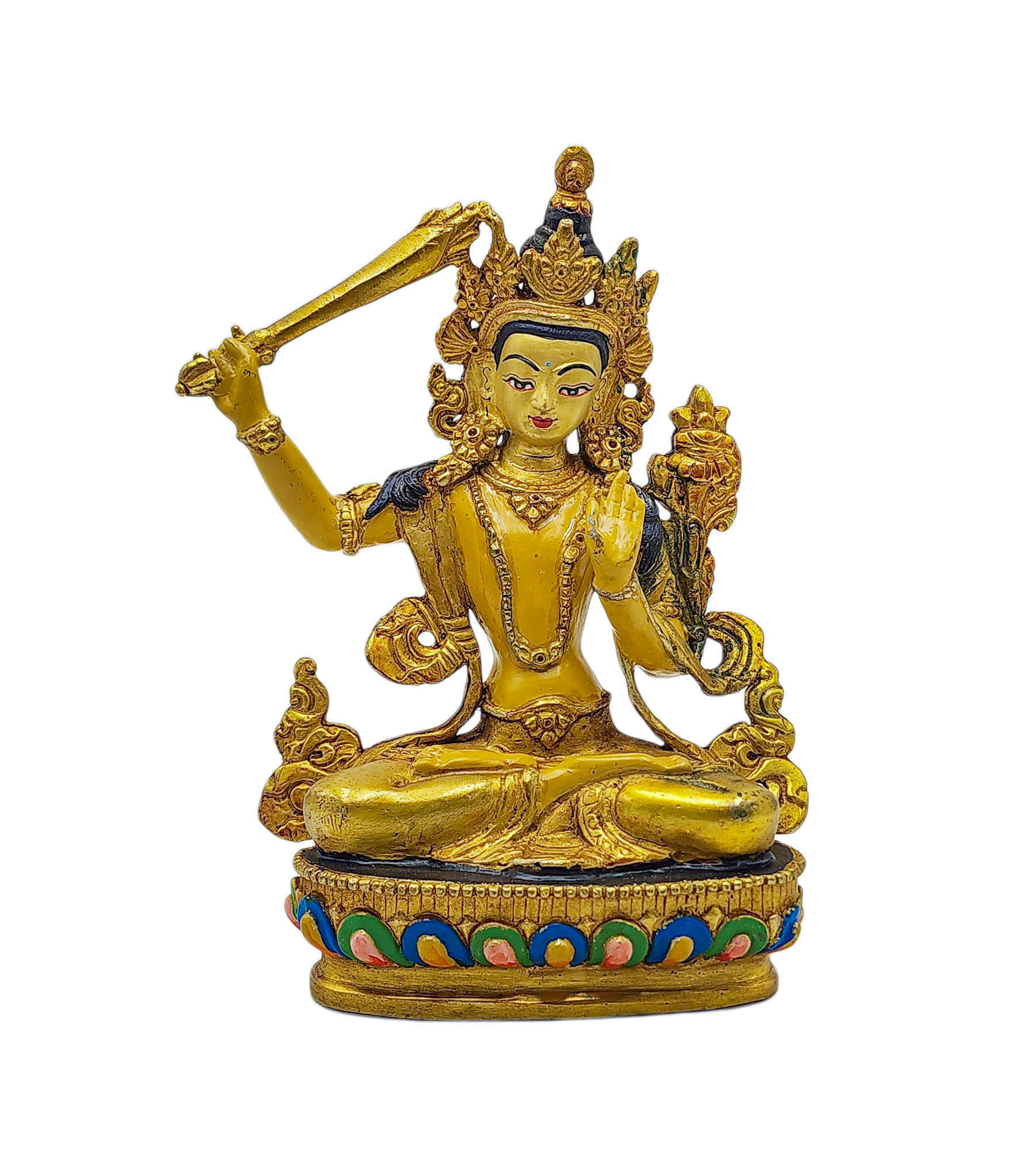 Manjushri, Buddhist Miniature Statue,
Manjushri, Buddhist Miniature Statue, 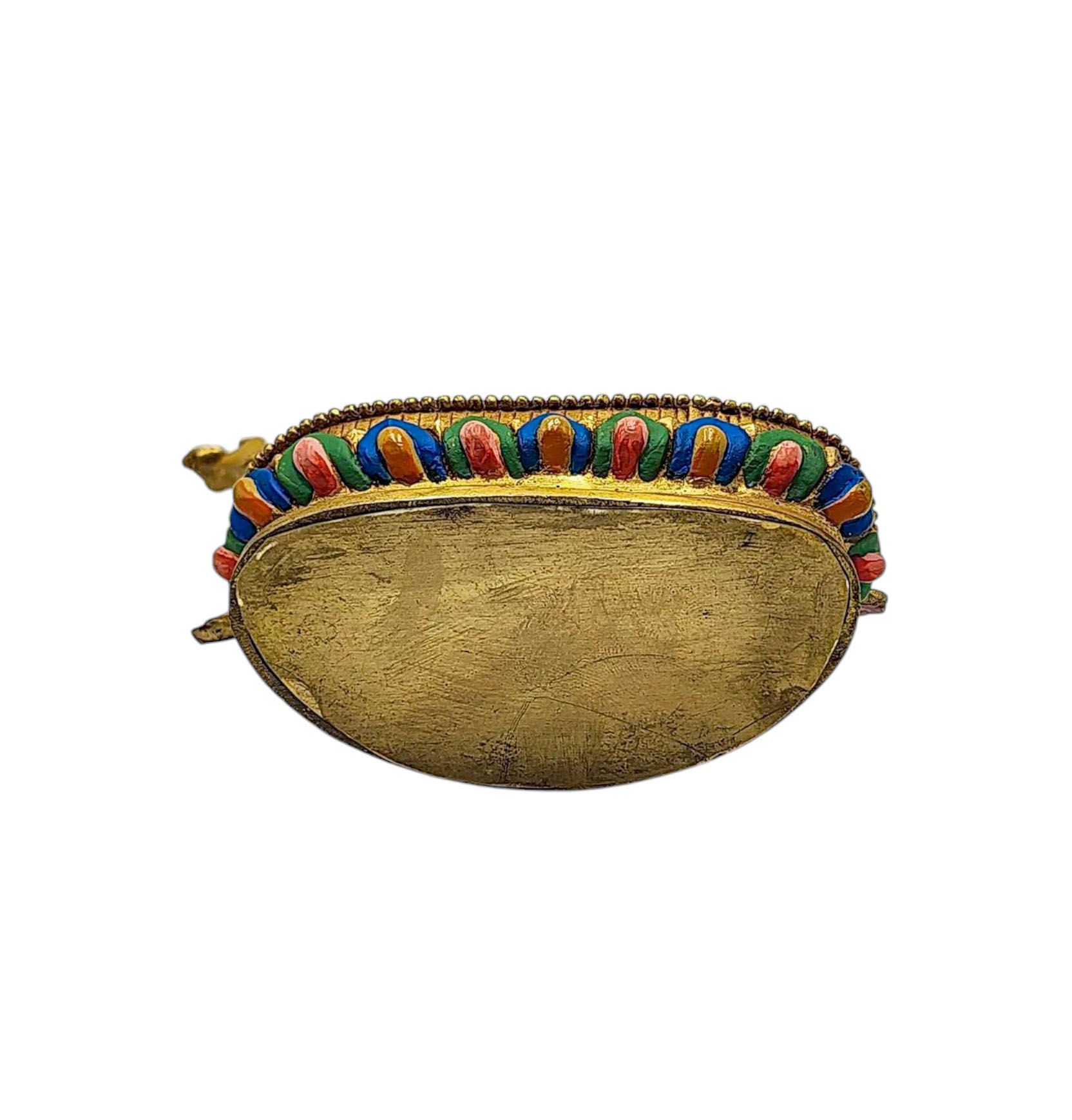 Manjushri, Buddhist Miniature Statue,
Manjushri, Buddhist Miniature Statue, 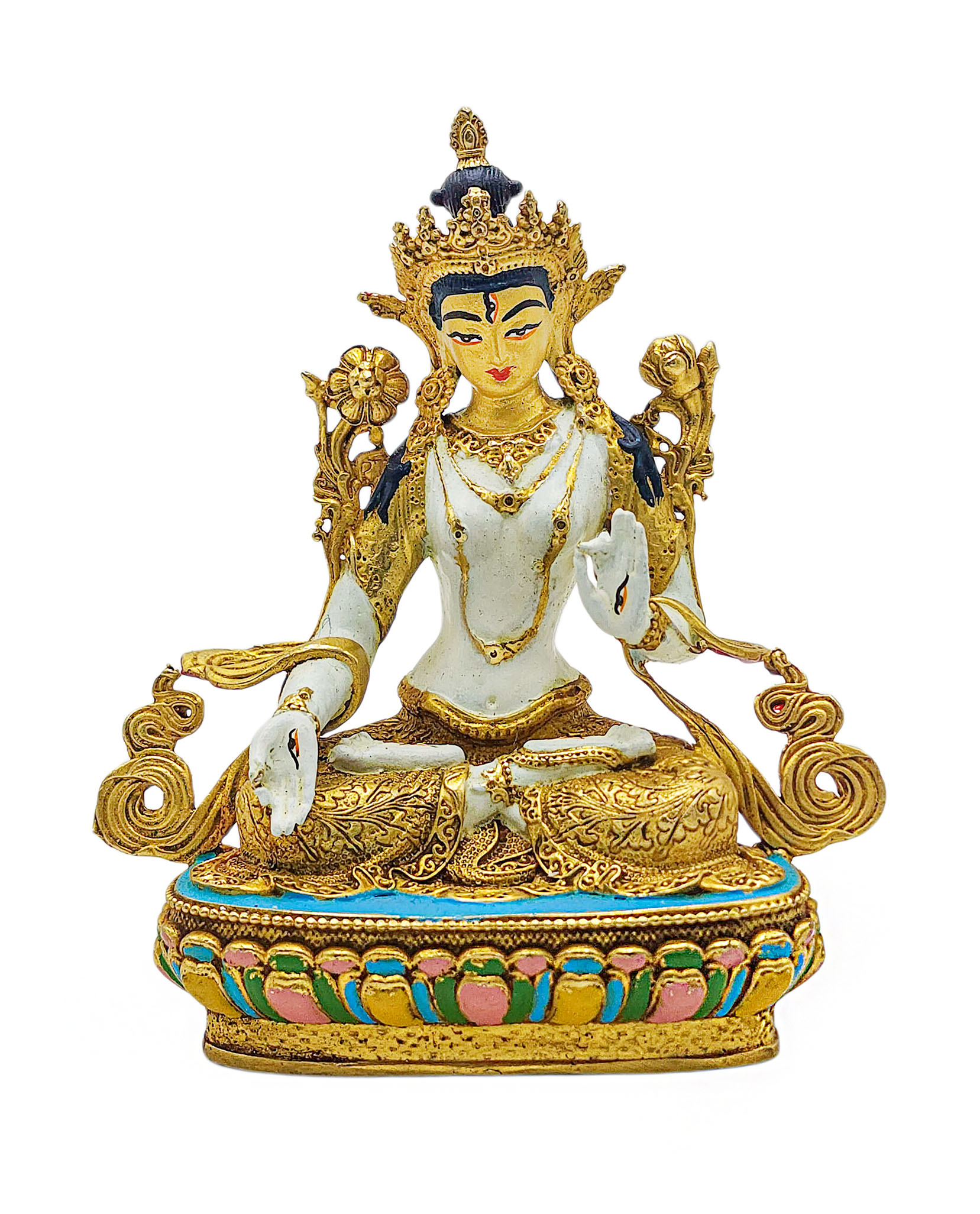 White Tara, Buddhist Miniature Statue,
White Tara, Buddhist Miniature Statue, 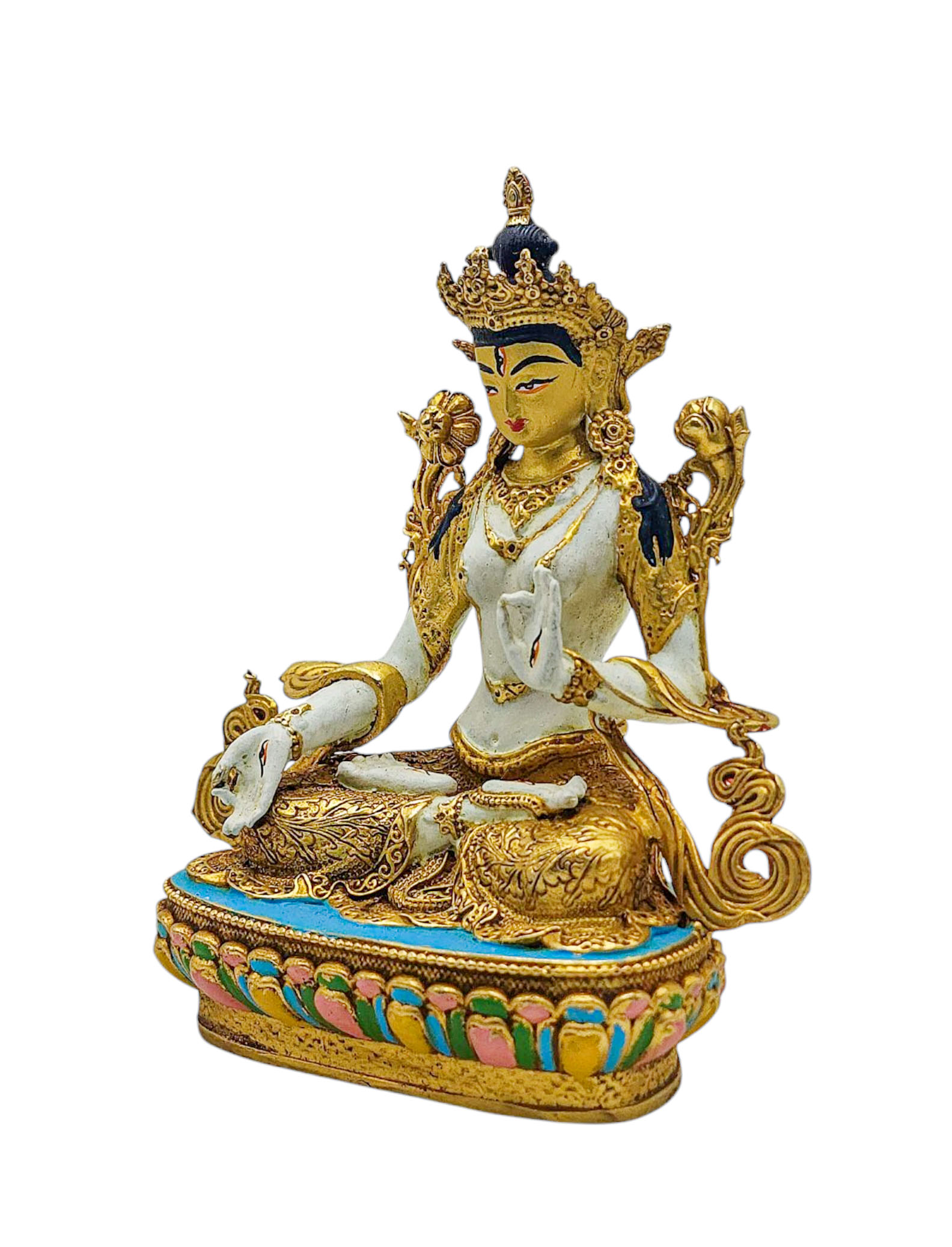 White Tara, Buddhist Miniature Statue,
White Tara, Buddhist Miniature Statue, 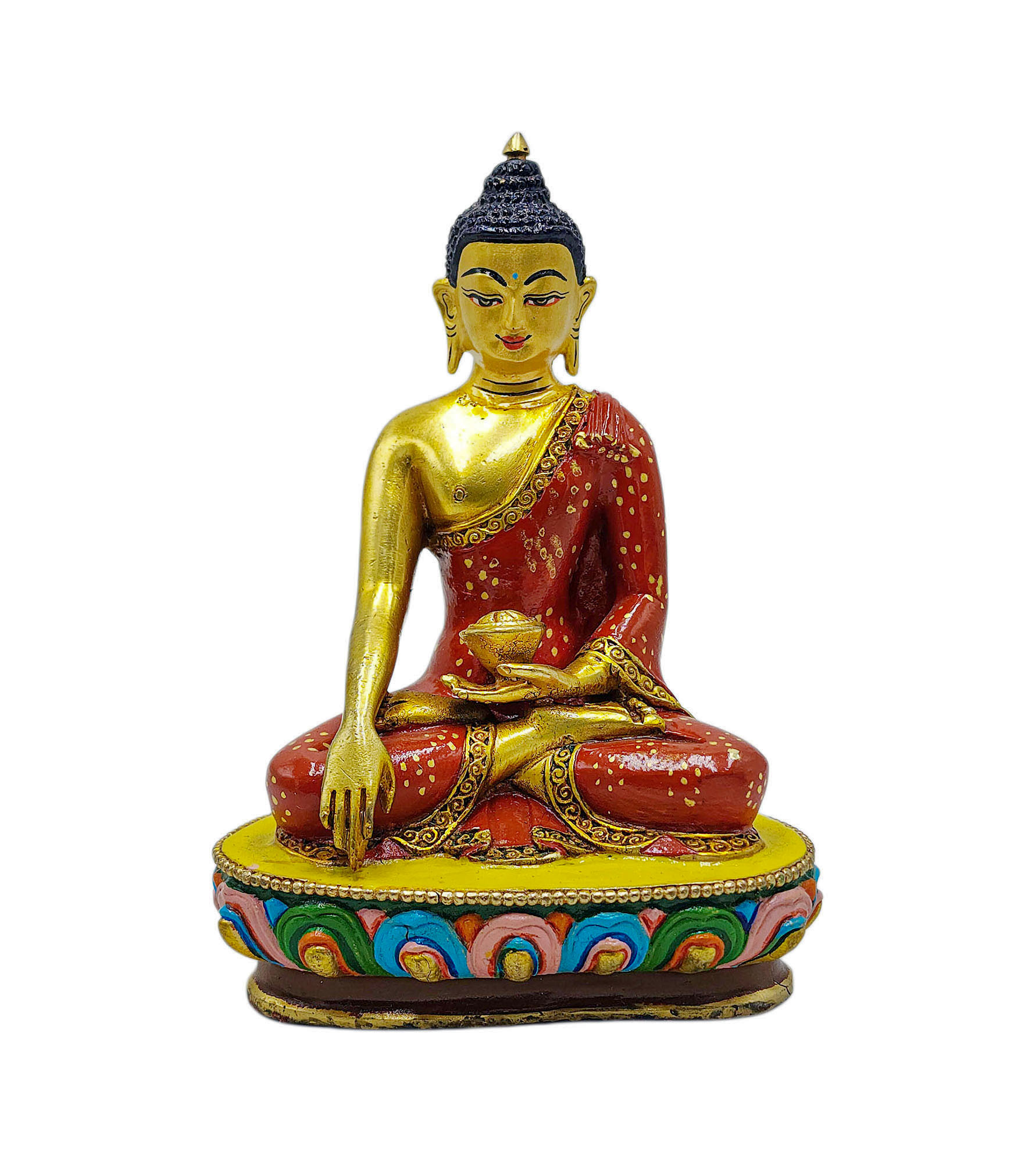 Shakyamuni Buddha, Buddhist Miniature Statue,
Shakyamuni Buddha, Buddhist Miniature Statue, 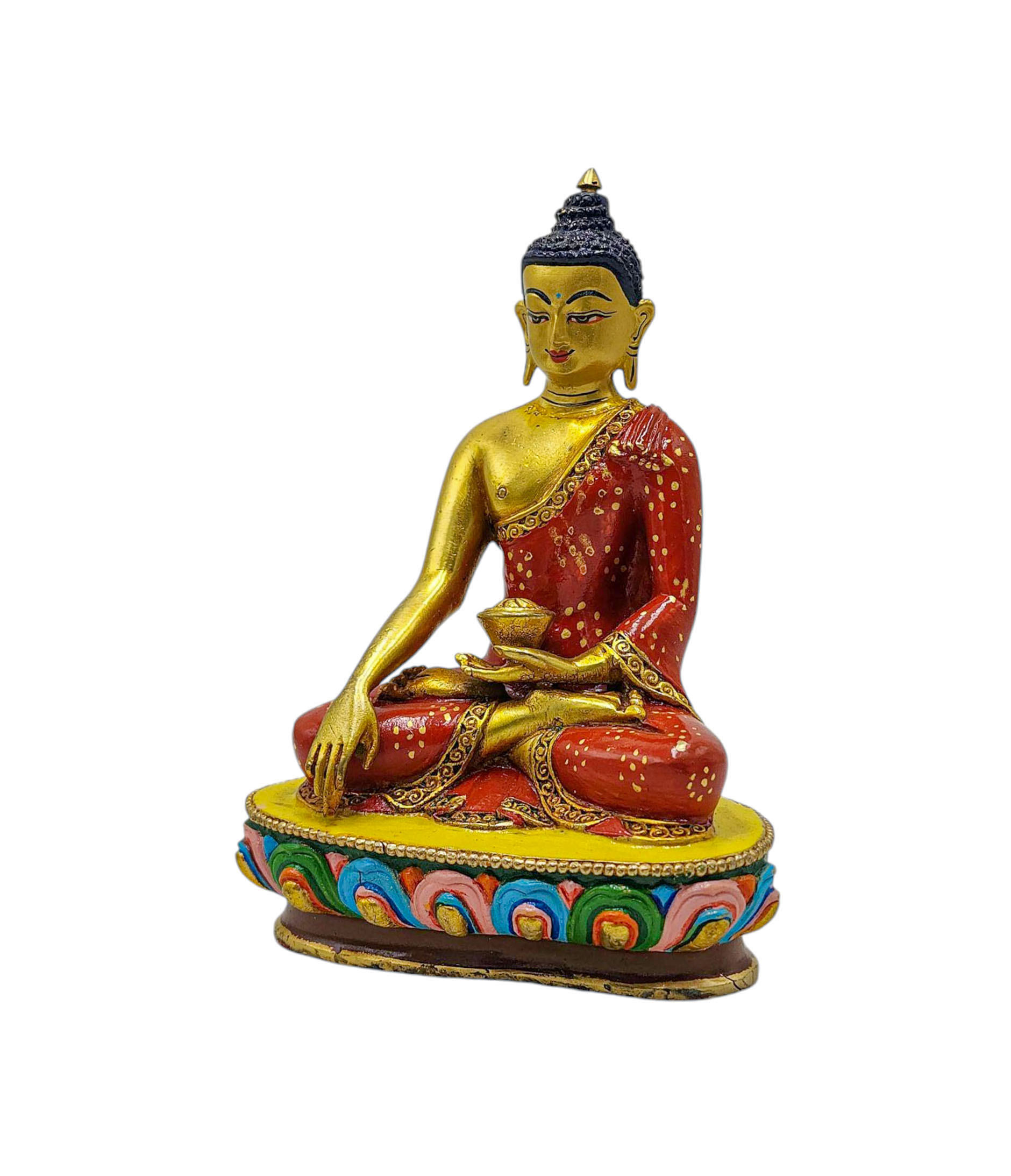 Shakyamuni Buddha, Buddhist Miniature Statue,
Shakyamuni Buddha, Buddhist Miniature Statue,  Aparimita, Buddhist Miniature Statue,
Aparimita, Buddhist Miniature Statue,  Aparimita, Buddhist Miniature Statue,
Aparimita, Buddhist Miniature Statue,  of Medicine
of Medicine  of Medicine
of Medicine 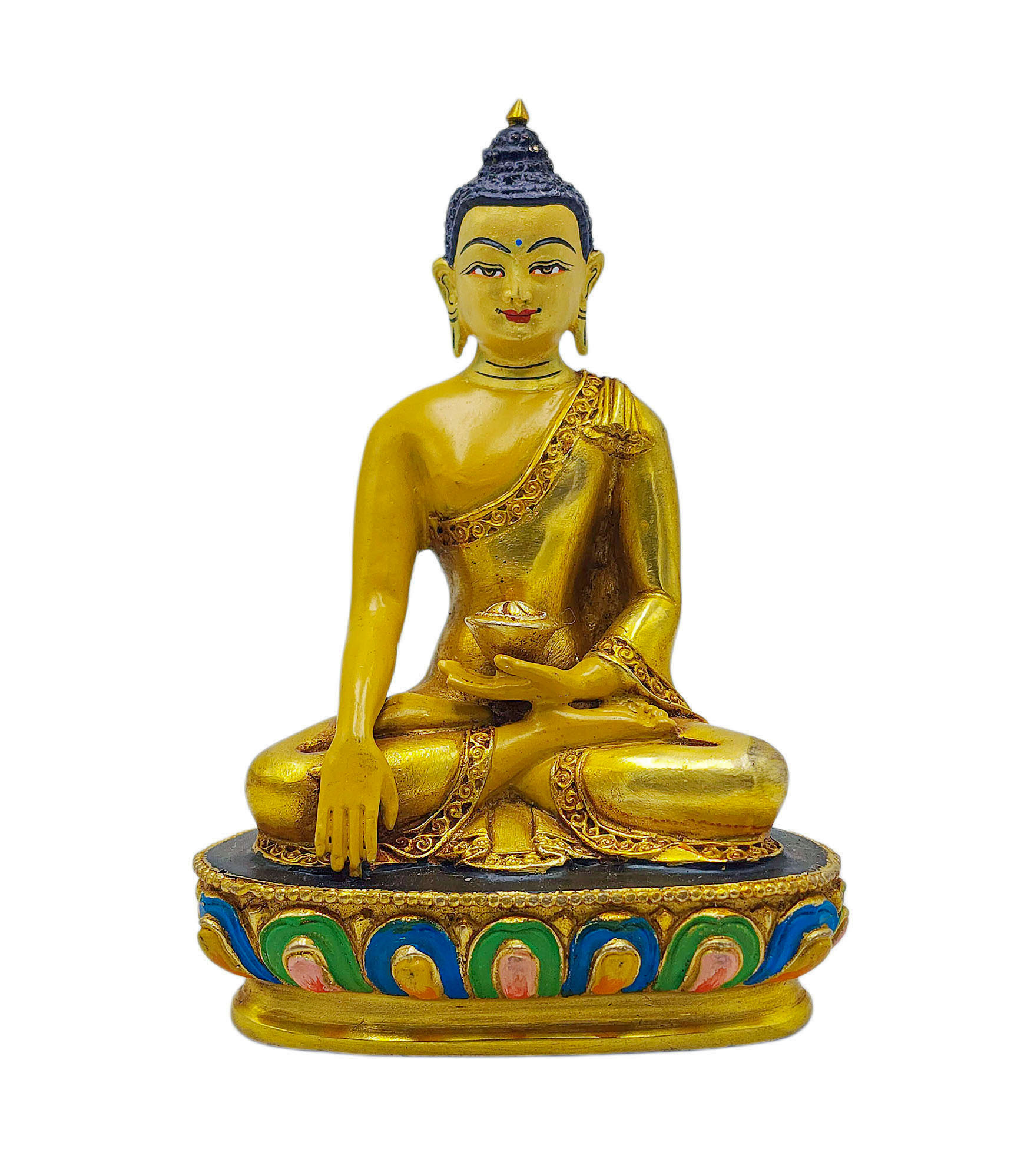 Shakyamuni Buddha, Buddhist Miniature Statue,
Shakyamuni Buddha, Buddhist Miniature Statue, 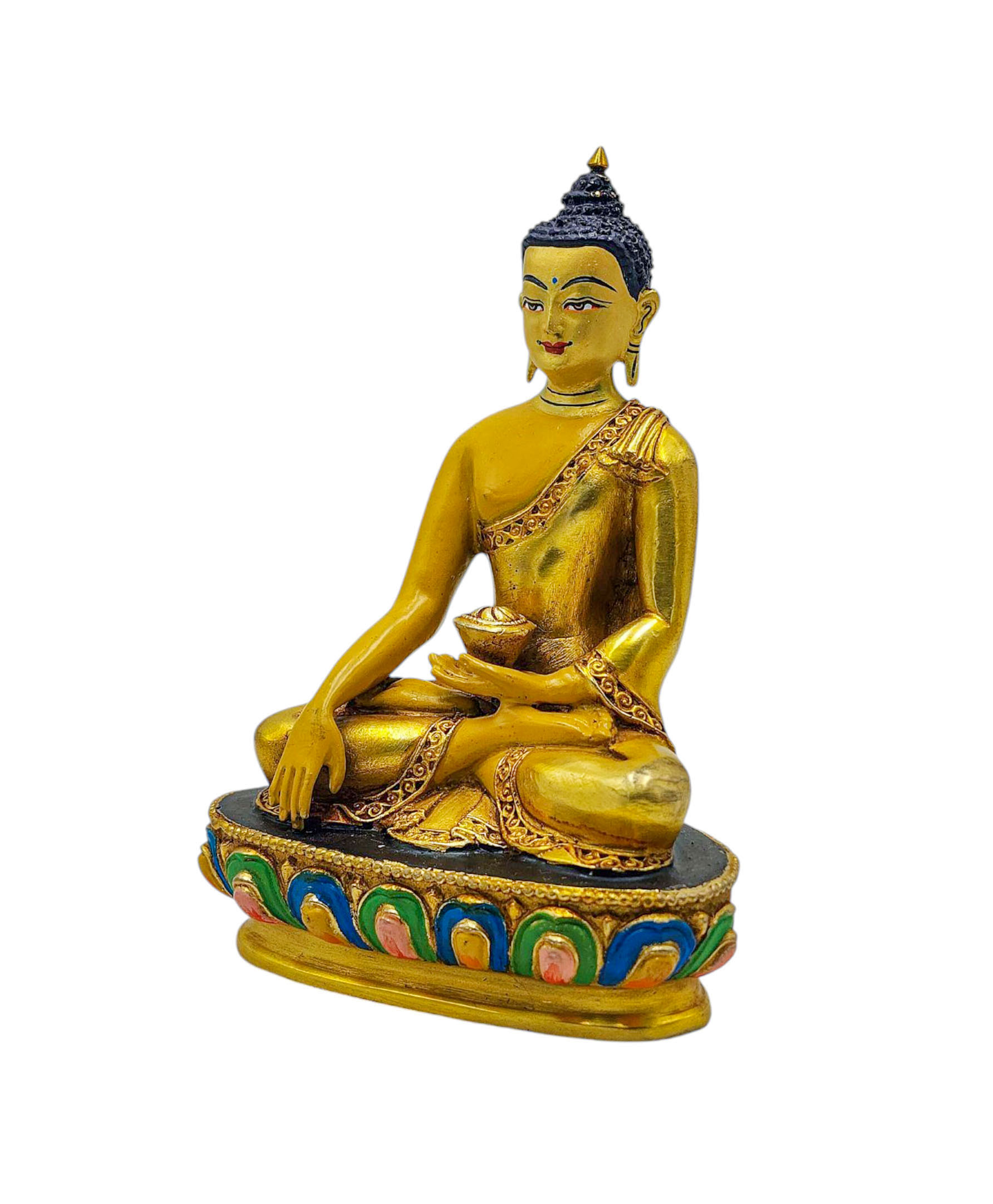 Shakyamuni Buddha, Buddhist Miniature Statue,
Shakyamuni Buddha, Buddhist Miniature Statue,  Akash Yogini, Buddhist Miniature Statue,
Akash Yogini, Buddhist Miniature Statue, 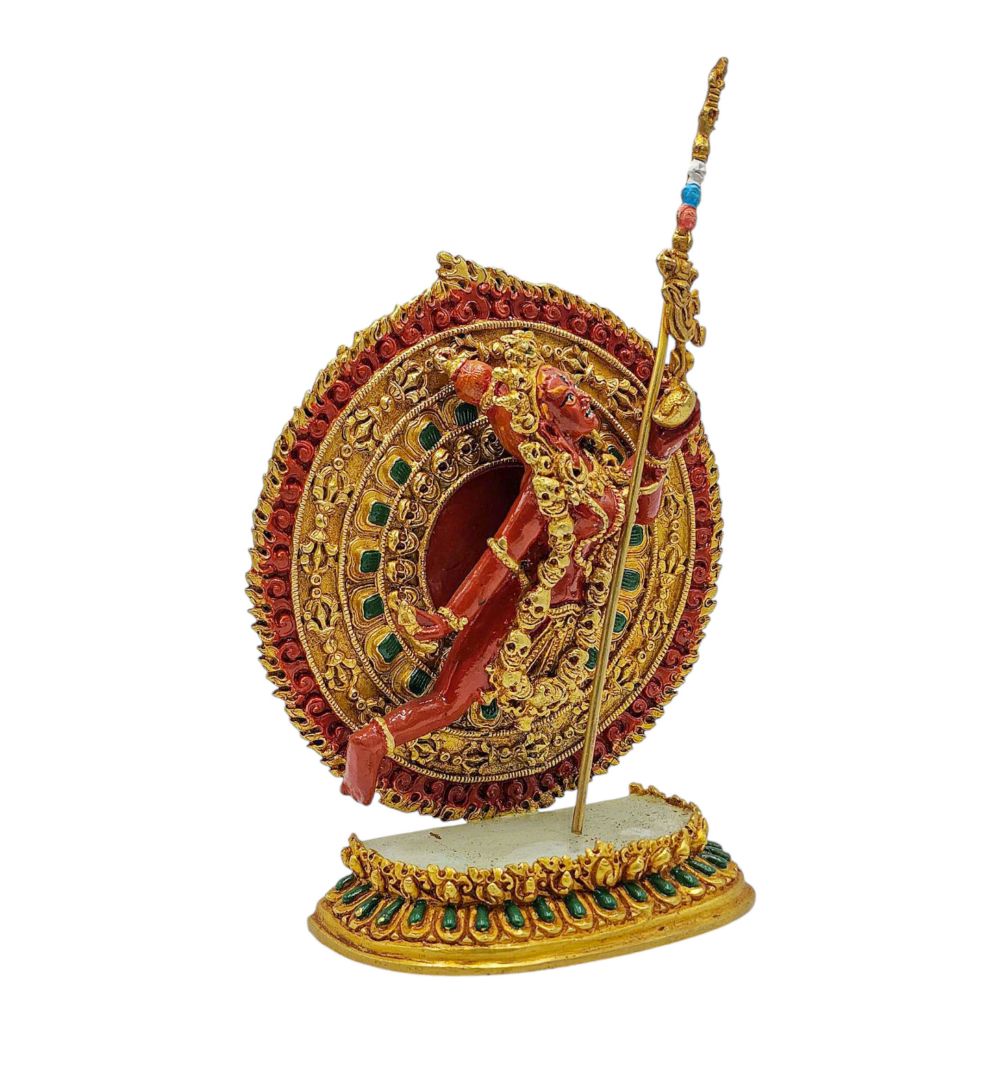 Akash Yogini, Buddhist Miniature Statue,
Akash Yogini, Buddhist Miniature Statue,  of, Red Jambhala,
of, Red Jambhala,  of, Red Jambhala,
of, Red Jambhala,  with Double Base, Buddhist Miniature Statue
with Double Base, Buddhist Miniature Statue  with Double Base, Buddhist Miniature Statue
with Double Base, Buddhist Miniature Statue 